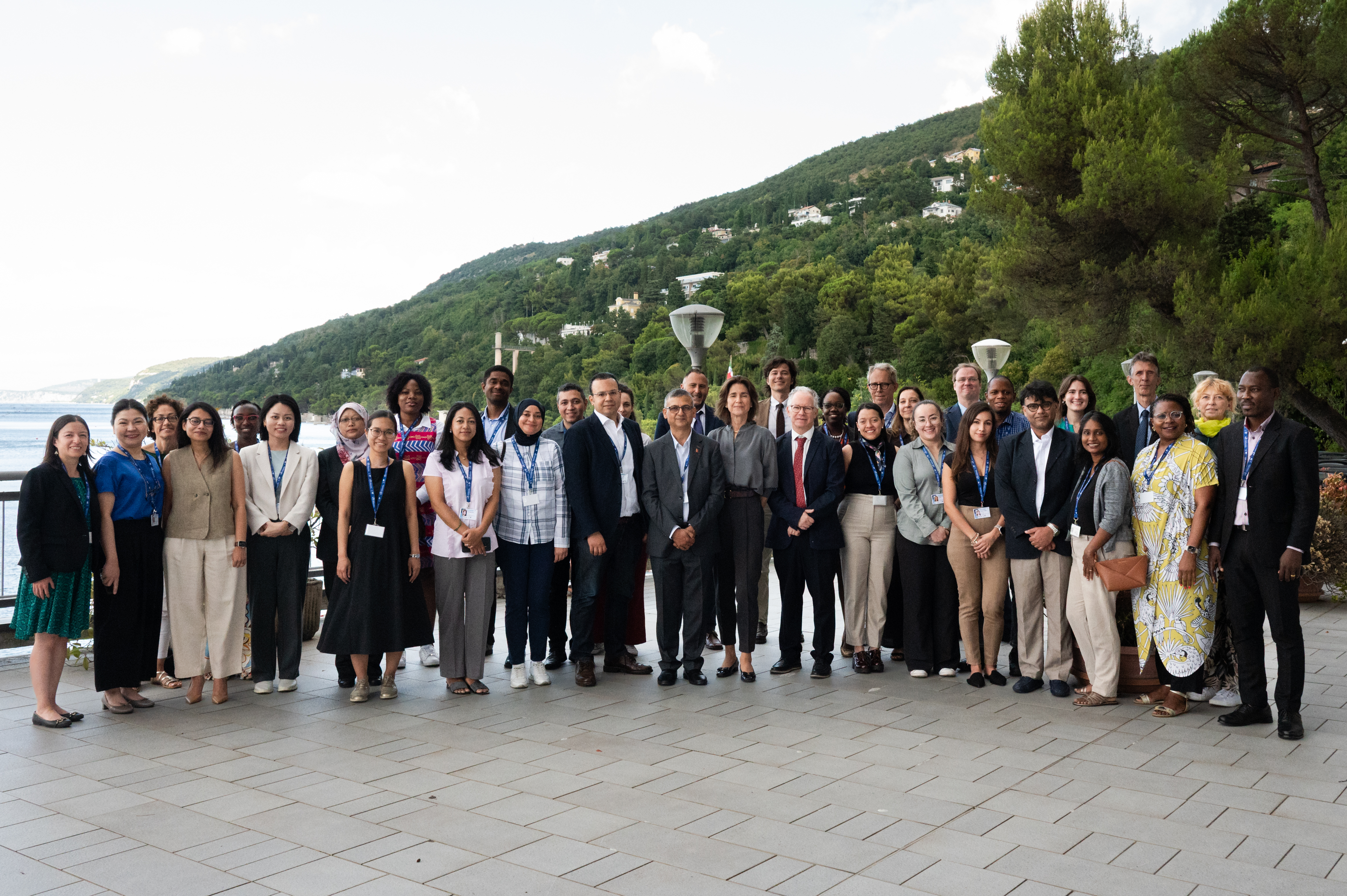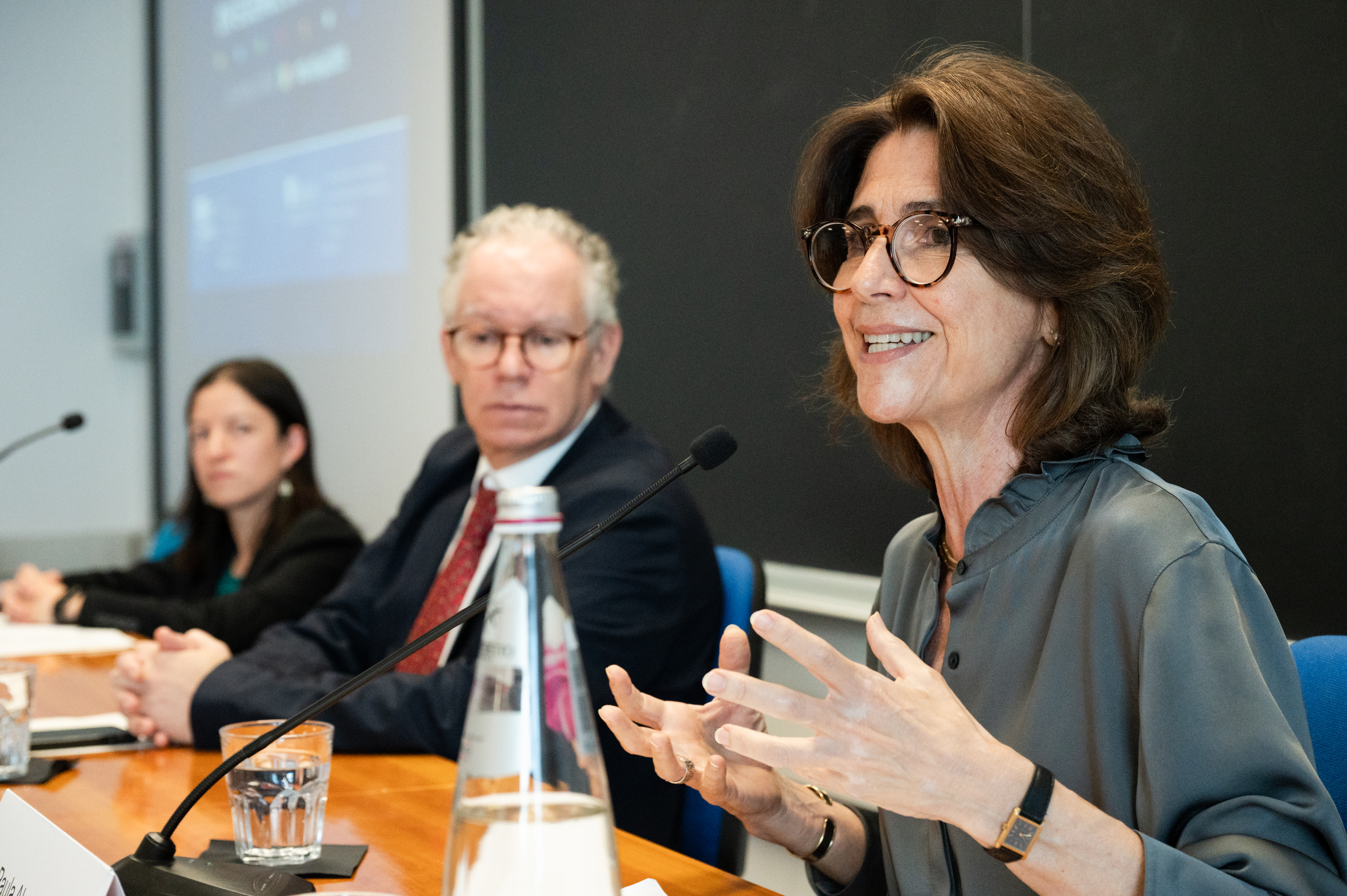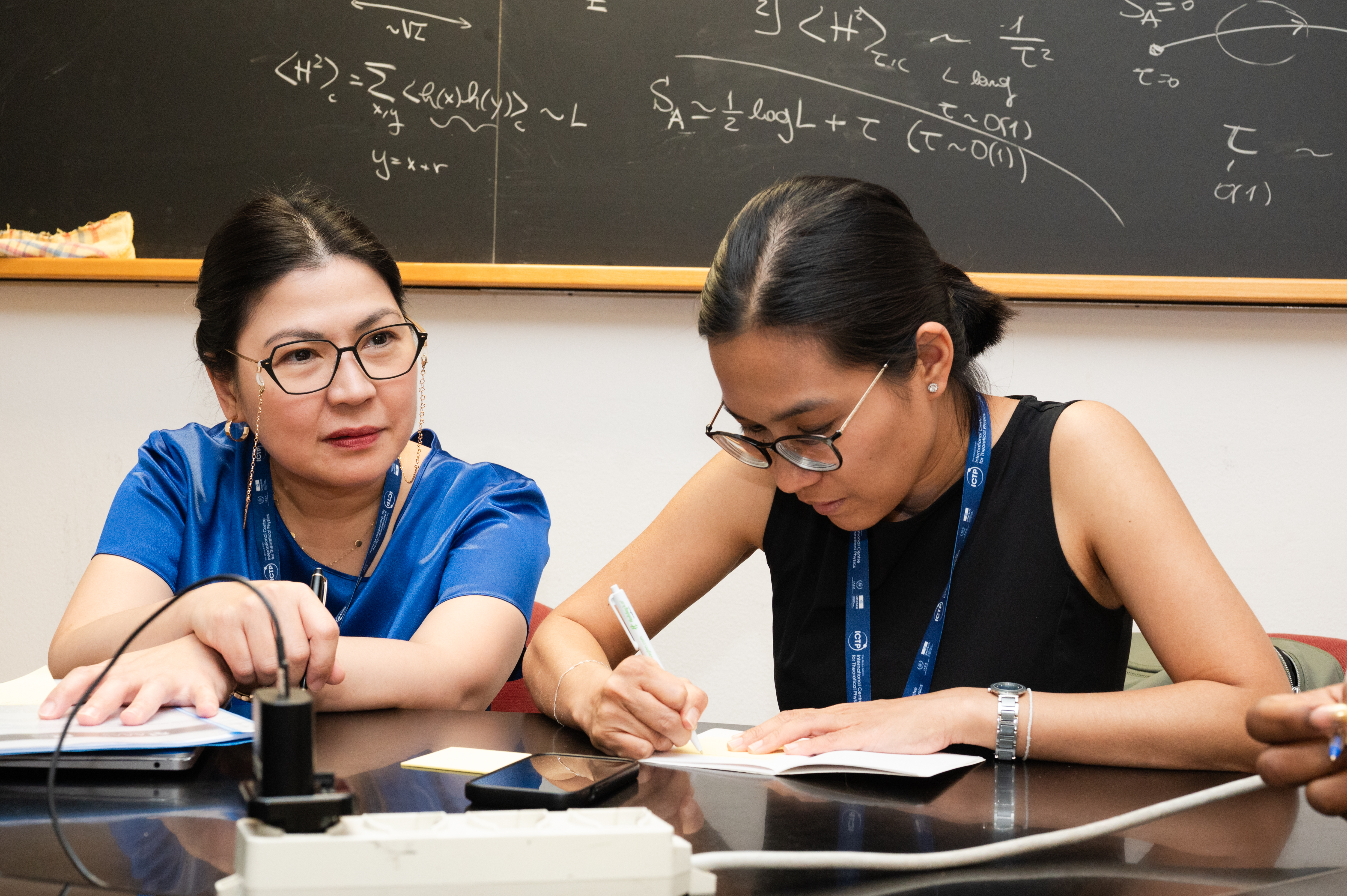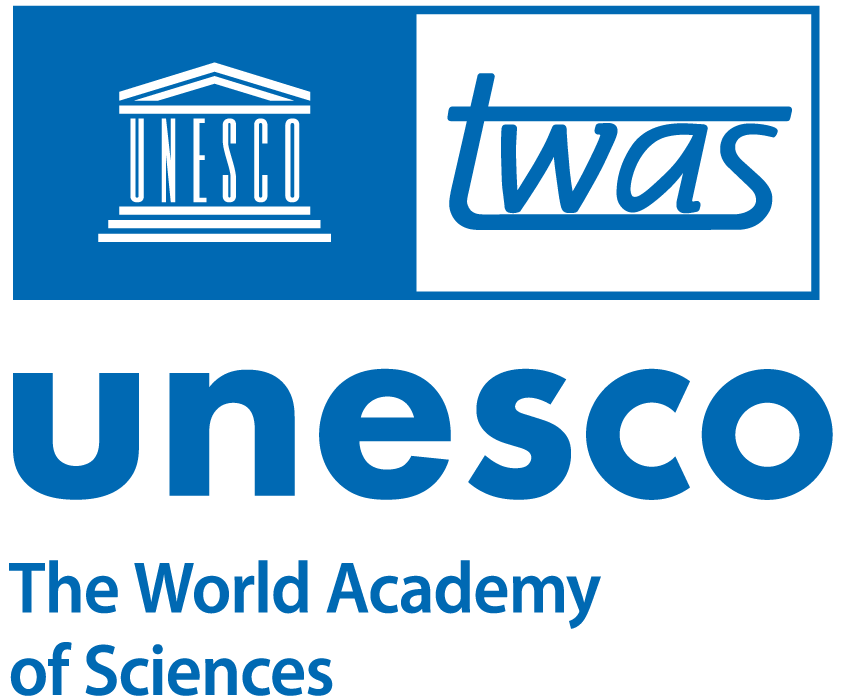The 12th AAAS-TWAS Course on Science Diplomacy opened recently with welcoming words from the organizers and words of encouragement from the event’s keynote speaker to advocate for science to policymakers at all levels.

For the course, TWAS and the American Association for the Advancement of Science (AAAS) brought together 10 pairs of scientists and policymakers from 10 countries, including Bolivia, Nepal, and Sri Lanka, in Trieste, Italy. The course, which receives key financial support from the Swedish International Development Cooperation Agency (Sida) and the Golden Family Foundation, aims to deepen relationships between science and diplomacy to enable evidence-based solutions for addressing complex challenges such as climate change, food security, and biodiversity loss. This year, the course also received financial support from the Organization for Women in Science for the Developing World (OWSD).
Science diplomacy is a broad way of describing how scientific teamwork between nations can solve societal problems and improve international relations, and how diplomacy can also open doors for scientific cooperation.
It can be thought of as a feedback loop, in which the fields of science and diplomacy continually support one another, and by doing so, they also help society. It is also a fast-growing area of specialization for career scientists and diplomats.
“This week, you’ll take part in a rich and interactive programme. You'll work closely with participant pairs, engage with experienced speakers, and explore how science and policy can work hand in hand,” said TWAS Executive Director Marcelo Knobel in his welcoming remarks. "We hope you’ll leave with novel ideas, new connections, and a deeper understanding of the role scientists can play in shaping a better world, not just in labs or classrooms, but in diplomacy, governance, and society at large."
UNESCO: Mixing science and peacemaking
Paula Alves de Souza, Brazil’s Ambassador to UNESCO in Paris, delivered the keynote address for the course, observing that the kind of "transversality” found within science diplomacy is the same found within UNESCO itself.
“It’s a unique aspect of UNESCO that it’s an international organization for education, science, and culture,” she explained. “The dialogue is constant between all these areas. You have to have all of them, for you cannot have one without the others. And in this workshop, it is an ideal situation where you have scientists with the policymakers, so that policymakers can make informed decisions and make diplomatic progress. We cannot work one without the other.”

UNESCO is also unique in its role as a major organization that combines science with peacemaking, added de Souza, who urged participants in the event to become involved with its work wherever they may be. There is no science without education, culture, or politics, she emphasised, and so it was important to engage actively in all those contexts.
“If you’re interested in that, locate your National Commission and see to what extent they understand anything about science. Because we are not informed of the importance. We are much more reactive,” de Souza said, from her perspective as a diplomat.
“Provoke your member states to have more science on that. Organize a meeting of scientists who could come, for example, to UNESCO, and talk to us in an engaged way,” de Souza added. “You have to come to us. You have to inform us. Provoke us. Because the future is yours as well, as well as your children’s and grandchildren’s.”
Lessons in navigating challenges
The course brings together participant pairs from the same country, each consisting of an early-career scientist whose research and public engagement have implications for international policymaking, and a policymaker in a science-relevant role such as a government official, diplomat, or representative from a research-funding institution.

Over the three days of the course, the pairs engage in discussions with experts about examples of science diplomacy past and present, and take part in a simulation exercise in which they play out roles in diplomatic negotiations with a major scientific component. They are split into groups, attempting to tackle issues such as resource management or wildlife protection, in which nation-states often have conflicting interests with international organizations, interest groups, private companies, and each other.
At the end of the course, the groups present their findings from the exercise and share observations with each other. Many go on to use their new knowledge, bringing it into their existing work, or establish similar activities of their own in their home regions.
Sean Treacy
More photos of the 12th AAAS-TWAS Course on Science Diplomacy are available on our Flickr pages.

